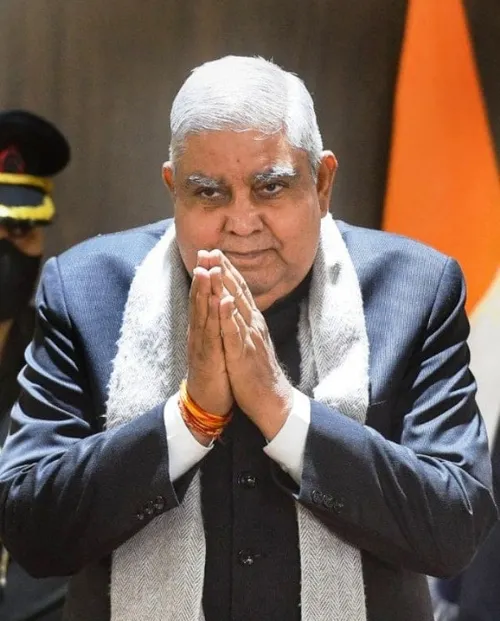Futures price is typically above the spot price during the lifetime of the contract but converges with the spot price at expiry. That means the difference in value between the futures price and its spot price should gradually narrow over time and become zero at expiry. Previously in this column, we discussed that this loss in value can be attributed to interest component for financial futures. This week, we discuss whether you can take advantage of the fading interest component during the life of the near-month Nifty futures, just as you do with time decay in options.
Long-short position
To take advantage of price convergence, you must go long on the underlying and short on its futures contract, if overpriced, with the objective of keeping the position till expiry. The difference between the underlying spot price and its futures price at the time of initiating the contract is the maximum gain you can generate on the position.
What if you close the long-short position before expiry to capture the fading interest component? The position will gain if the difference between the futures price and the spot price is smaller than when you setup the position. You are betting on the fading time value of money, assuming the interest rate does not change during the life of the contract; the interest factor will decrease with each passing day and become zero at expiry.
There are two factors to consider. The risk is that more demand for the near-month Nifty futures can result in its price increase being greater than that of the Nifty ETF when the Nifty Index rises. This risk is magnified because Nifty Index is not a tradable asset and you must, therefore, go long on an ETF. To manage this risk, you could short one contract of the near-month Nifty futures (permitted lot size 75) against, say, 1.5 times the number of ETF units eligible for NSE’s cross margin benefit. For Nifty BeES, that will be 11250 units, which 1.5 times 7500 units. The potential return is small compared to the trading capital required for the position. Sure, the position can offer approximately seven per cent annualized return. But that does not capture the true economic potential, as you may not have the opportunity to setup the position for all the months. Your trading capital may be best applied for strategies that capture time decay on equity and index options.
Optional Reading
Assuming you are comfortable with the risk-return trade off on the long ETF short futures position, it would be optimal to set up the position after the middle-month contract becomes the near-month contract. You should set up the position only if the theoretical futures (using continuous-compounding model) price is lower than the actual futures price. Using single-stock futures instead of Nifty futures to capture the fading interest component may require larger capital; for the position will attract higher margins closer to expiry because of delivery risk.
(The author offers training programmes for individuals for managing their personal investments)
Published on April 26, 2025
Anurag Dhole is a seasoned journalist and content writer with a passion for delivering timely, accurate, and engaging stories. With over 8 years of experience in digital media, she covers a wide range of topics—from breaking news and politics to business insights and cultural trends. Jane's writing style blends clarity with depth, aiming to inform and inspire readers in a fast-paced media landscape. When she’s not chasing stories, she’s likely reading investigative features or exploring local cafés for her next writing spot.






